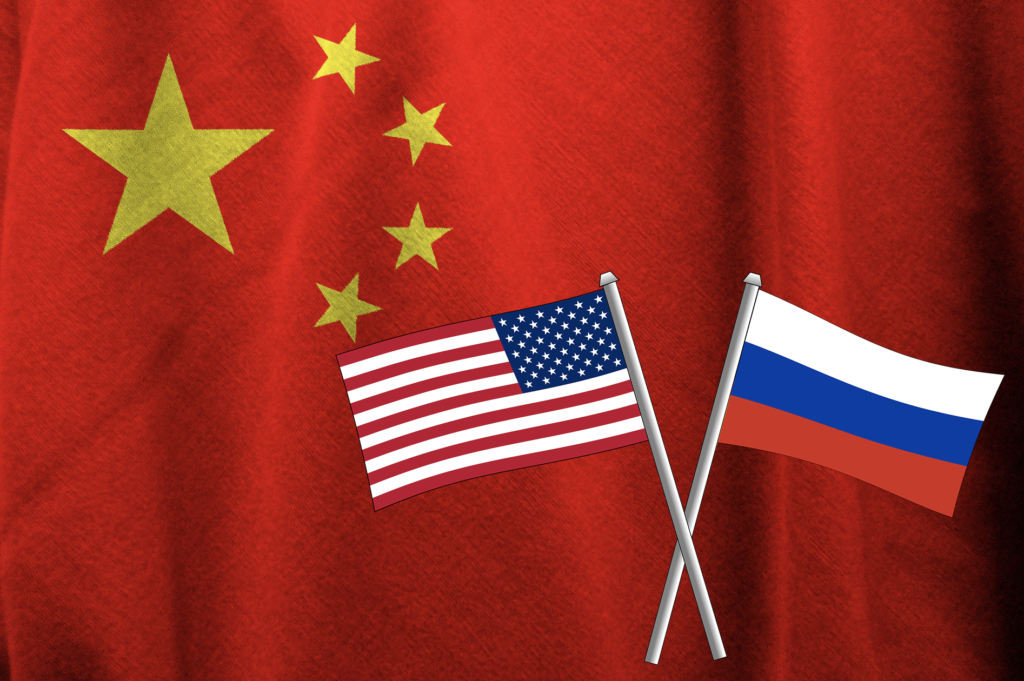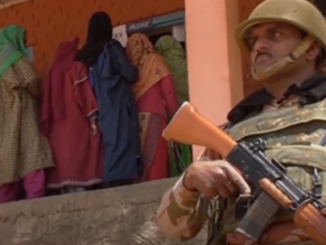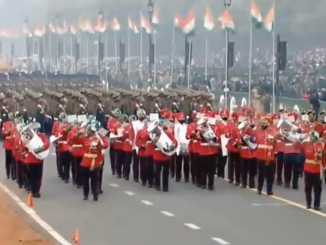
NEW START remains the only arms control agreement verifiably reducing and capping the strategic nuclear arsenal of the United States and Russia. The agreement will expire in February 2021 unless extended by both the superpowers for another five years – an unlikely case. With no other treaty in place, the end of the agreement will make the Asia-Pacific region the focus of a geopolitical struggle. Intensifying an arms race between the US, Russia and China, it may also bring China and Russia closer to each other against the US.
The issue of its extension has invited a lot of controversy. The US has maintained that the Chinese nuclear arsenal should also be taken into account to extend the agreement. However, China has rejected the US invitation to take part in the arms control talks on the pretext that its nuclear arsenal is less than the limits the agreement has placed on the Russian and US warheads and delivery vehicles. The disagreement between Russia and the US on its extension suggests that the agreement will be ending without any extension in 2021.
US-China Arms Race. Demise of the NEW START will lead to the threat aggravation to China from the US. China looks less concerned about the US threat with Russian-US arms control in place because there is no open strategic nuclear arms build-up between the US and Russia. Constraints are still in place on their warheads and delivery system. Therefore, China does not feel the urgency to build up a nuclear arsenal comparable to the US and Russia.
Once the NEW START ends and US-Russian nuclear weapons are free of any caps on them, and if a new trilateral treaty is not negotiated between the three powers, accommodating Chinese concerns, then there are potential implications for global peace and security, particularly for the Asia-Pacific region. The first major implication would be China becoming a party to a new arms race. It will feel the need to increase its nuclear arsenal to match the US numbers.
The arms race between the US and China will manifest in several spheres. China may increase its number of intercontinental ballistic missiles, long-range bombers, and nuclear warheads. A debate within China has already begun to increase the number of nuclear warheads up to one thousand within a short time. Calls like these can be there to put pressure on the US on the issue of trilateral arms control talks between the three powers. The Intermediate-range Nuclear Forces (INF) has already expired and the US is aiming to deploy these missiles into Asia as it feels China has already built a large arsenal of such missiles. Even if the US allies do not agree to host such missiles to avoid involvement in the US-China crisis, they may be encouraged to develop missiles of such ranges themselves. In this context, South Korea conducted the first test-firing of its new Hyunmoo-4 ballistic missile in mid-March, after the US had decided to scrap a deal with it on the missile guidelines. The deal between South Korea and the US had allowed South Korea to develop ballistic missiles only within set limitations on ranges and payloads.
Anti-ship warfare capabilities will also be a major part of their arms build-up. China has built several anti-ship systems to hold US naval targets at risk in the South and East China Seas. China considers these seas her own and sees US naval movements as a threat to its sovereignty.
China also believes that the US pre-emptive strike capabilities coupled with the damage limitation capabilities and missile defences, pose a threat to the survivability of Chinese nuclear forces which are mostly land-based. The threat of such capabilities will force China to increase its offensive capabilities or invest in missile defences of its own. It also believes that the developments in imagery and navigation threaten Transporter Erector Launchers (TELs) and that the growing sophistication of anti-submarine technologies is a major threat to the noisy Chinese submarines. Additionally, Artificial Intelligence (AI) and cyberspace are also becoming increasingly important fronts in modern warfare.
We will also see key players competing in the domain of hypersonic weapons. The US, Russia, and China are already developing hypersonic cruise missiles and glide vehicles. Russia has deployed Avangard glide vehicles while the US and China are closer to deploying their own.
Lately, the issue of nuclear testing has also resurfaced. The pro-testing lobby argues that the testing of critical components for a new weapons system is important to maintain reliability. It may force nations to resume testing nuclear weapons in the future. The US has already blamed China and Russia for noncompliance with zero-yield nuclear testing. Although the US has not ratified the Comprehensive Test Ban Treaty, both Russia and China have ratified.
Closer China-Russia Cooperation. The demise of the NEW START may also bring China closer to Russia against the US. Moscow has been the source of major Chinese military systems. China has procured fighter jets, missile, and air-defence systems, ballistic missiles technologies from Russia. Russia is also helping China to develop an early warning system for missile attacks. In the future, Russia may provide China some crucial technologies it is struggling with. For example, China has built fifth-generation stealth fighter however the major issue remains a credible engine for it. It has relied on Russian Saturn AL-31 engines to power the J-20 until the work on the domestic WS-15 engines is completed. President Putin has also claimed that Moscow is helping Beijing in developing a missile defence system to enhance Chinese defence capability.
Closer Russian Chinese cooperation is also indicated by the fact that Russia has not sought to bring China in talks on arms control. Russia has not attached any pre-condition for the extension of the NEW START. It has called to include Briton and France along with China as part of multilateral talks on nuclear arms control and disarmament issues.Strengthening Alliances. Another major implication of the demise of arms control agreements will be Asia becoming the centre of the competition. The US continues developing defence ties with Taiwan, Japan, South Korea, Australia, and India. US cooperation with its allies will increase further after a degree of arms race starts with China. China will also increase its cooperation with its regional allies mainly with Southeast Asian and Central Asian countries.




Be the first to comment